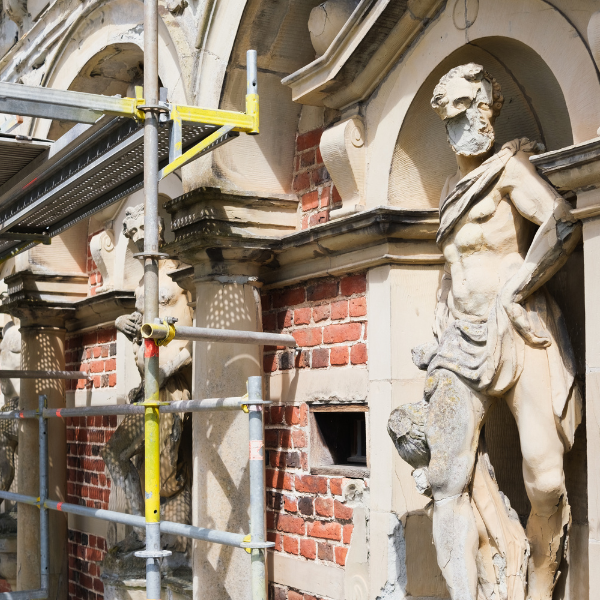Carry out conservative restoration work with sandblasting
Reading time: 2 minutes and 15 seconds
A sandblaster can be used to carry out conservative restoration work, but it is important to use it with caution and with the right techniques to ensure that the restoration work is carried out appropriately and does not further damage the object or surface being restored.
Sandblasters are tools used to remove dirt, paint, rust, and other impurities from surfaces such as metal, wood, glass, and stone. In the context of conservative restoration, they can be employed to remove old paint or layers of dirt without damaging the underlying surface.
However, it is essential to pay attention to the pressure and the type of abrasive material used in sandblasting. If the pressure is too high or if a material that is too abrasive is used, there is a risk of irreparably damaging the surface to be restored.
Therefore, it is advisable that sandblasting interventions for conservative restoration be carried out by experienced professionals who are familiar with the appropriate techniques and who are able to carefully assess the conditions of the surface to be treated.
An alternative to traditional sandblasting is cryogenic or dry ice blasting.
Cryogenic blasting can be an appropriate choice for conservative restoration in certain situations, as it offers several advantages over traditional sandblasting.
Cryogenic blasting uses dry ice pellets (solid carbon dioxide) shot at high speed against the surface to be cleaned. This method is non-abrasive, does not generate heat, and leaves no liquid residue, making it particularly suitable for treating delicate or sensitive surfaces.
Here are some advantages of cryogenic blasting in the context of conservative restoration:
- Non-abrasive: Since dry ice pellets sublime (transition directly from solid to gas), cryogenic blasting does not damage the underlying surface. This makes it ideal for delicate materials such as wood, marble, glass, and metals.
- Effective cleaning: Cryogenic blasting can effectively remove paints, pollutant residues, dirt, and other impurities without damaging the treated surface.
- Environmental safety: Since dry ice is non-toxic and leaves no liquid residue, cryogenic blasting is environmentally friendly and safe for the surrounding environment.
- Reduced downtime: Dry ice blasting can be performed faster than traditional methods, thereby reducing the downtime of the object or structure being restored.
However, it is important to note that cryogenic blasting may not be suitable for all conservative restoration situations, and it may be necessary to carefully evaluate the specific conditions of the surface to be treated and consult experts to determine if this method is appropriate.









